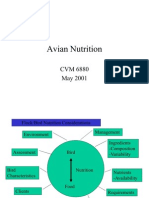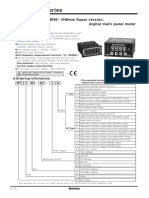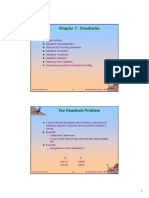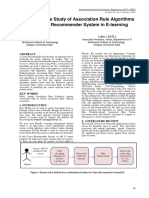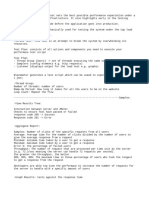0% found this document useful (0 votes)
101 views46 pagesEncrypted Data Analysis
The document discusses JavaScript and how it is used in Hyperion Intelligence. It introduces JavaScript, describes Hyperion's proprietary object model, and outlines what topics will and won't be covered. The main topics that will be covered are object-oriented programming concepts like objects, properties, and methods, as well as functions, statements, operators, and built-in objects like String, Number, Date, Array, and Math.
Uploaded by
Lakshmanan GururajanCopyright
© Attribution Non-Commercial (BY-NC)
We take content rights seriously. If you suspect this is your content, claim it here.
Available Formats
Download as PPT, PDF, TXT or read online on Scribd
0% found this document useful (0 votes)
101 views46 pagesEncrypted Data Analysis
The document discusses JavaScript and how it is used in Hyperion Intelligence. It introduces JavaScript, describes Hyperion's proprietary object model, and outlines what topics will and won't be covered. The main topics that will be covered are object-oriented programming concepts like objects, properties, and methods, as well as functions, statements, operators, and built-in objects like String, Number, Date, Array, and Math.
Uploaded by
Lakshmanan GururajanCopyright
© Attribution Non-Commercial (BY-NC)
We take content rights seriously. If you suspect this is your content, claim it here.
Available Formats
Download as PPT, PDF, TXT or read online on Scribd
/ 46
















